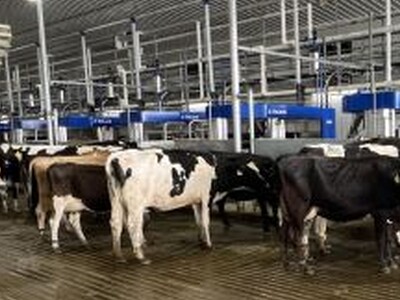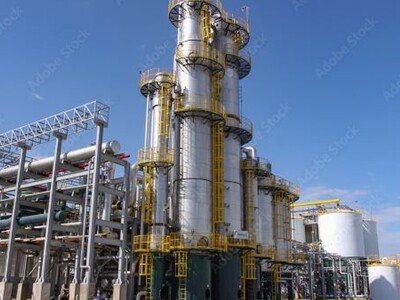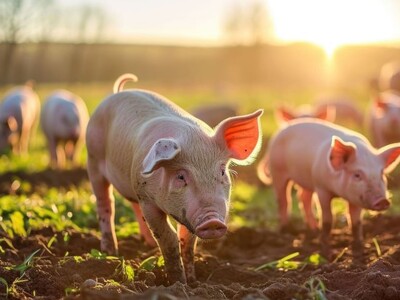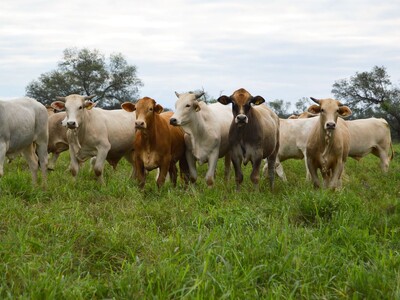California News
New research published in the Journal of Dairy Science finds the climate footprint of milk production in California has been significantly reduced over the past 50 years (1964 to 2014). The amount of greenhouse gas emissions produced per unit of milk was reduced by more than 45 percent. Scientists at the University of California, Davis conducted a life cycle environmental assessment (cradle to farm gate) of California dairy farm production, using the latest scientific models and international research standards.The study's key findings are as follows:
The amount of greenhouse gas emissions per each unit of milk (e.g. glass or gallon) produced has decreased more than 45 percent, due to increased milk production efficiency, including improved reproductive efficiency, nutrition, comfort, and overall management.
The amount of water used per unit of milk produced has decreased more than 88 percent, primarily due to improved feed crop production and water use efficiency.
Dramatically improved feed crop production and utilization of agricultural byproducts have led to significant reductions in the amount of natural resources used to produce each unit of milk, including, land, water, fossil fuels, and energy.
Technology on the rise in the field--and the farm office
A recent agricultural-technology summit in Modesto focused not just on the flashy, but also the mundane. One farm-tech officer spoke of the need to use technology to track finances in real time, as a way to help farmers make more informed decisions about money. Getting the next generation interested in the business is the focus of one educator who helps teens find internships with equipment makers.


















